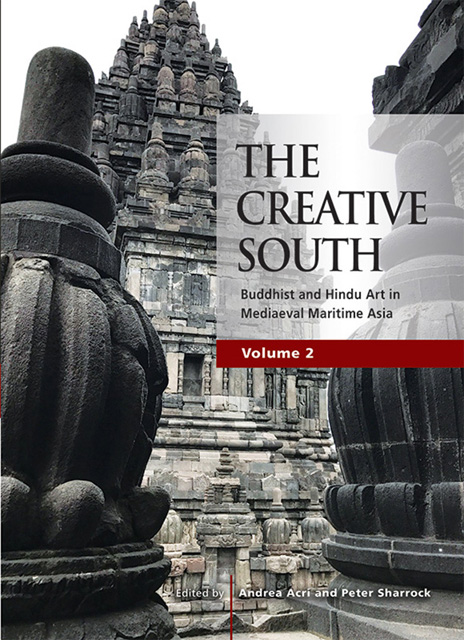Chapter 5 - Candi Pembakaran at Ratu Boko: Its Possible Function and Association with the Mediaeval Sri Lankan Monastery at Anurādhapura
Published online by Cambridge University Press: 30 June 2023
Summary
INTRODUCTION
Measuring 26 by 26 metres and situated on the northwestern side of the Ratu Boko complex, a square, two-terraced platform with a deep hole at the centre can be found just steps away from the entrance to the second enclosure. The structure is known locally as Candi Pembakaran, which literally means ‘Temple of Ash’ due to the fact that it was believed to be a crematorium or a sacrificial fire pit as ashes were said to have been found on the structure. However, its actual purpose remains unclear.
The fragment of an inscription unearthed near the entrance to the second enclosure reveals that the complex was modelled after the Abhayagirivihāra in Anurādhapura, Sri Lanka. The renowned Dutch epigraphist Johannes G. de Casparis (1961: 245) observed that it is ‘either a more or less exact replica of the Ceylonese monastery or, more probably, a building which had enough in common with it—in form or spirit or both—to deserve the same name.’ If the inscription and de Casparis’ observations are indeed reliable, a square pit or similar structure must also have existed in Anurādhapura. Faxian, a travelling Buddhist monk who lived in the 5th century CE, talks about a square Bodhi shrine at Abhayagirivihāra in his chronicle. In the light of the brief description of the Abhayagirivihāra's shrine given by the monk and of its location near a water source, one may surmise that the square structure at Ratu Boko might have had the same function, given that the Bodhi shrine is one part of a threefold Buddhist monastery consisting of a stūpa, a pratimāghara (temple for a Buddha image), and a bodhighara (outdoor shrine for the Bodhi tree). On the other hand, this structure could simply have been a part of a stūpa and the large square pit at the centre would then have been the dhātugarbha (relic chamber). Through the survey of inscriptions, chronicles, archaeological data as well as the comparison of the structure with a variety of existing monuments, this chapter aims to identify the function of Candi Pembakaran at Ratu Boko. The result suggests that the Candi may have had a function different from what archaeologists have imagined thus far.
- Type
- Chapter
- Information
- The Creative SouthBuddhist and Hindu Art in Mediaeval Maritime Asia, pp. 74 - 93Publisher: ISEAS–Yusof Ishak InstitutePrint publication year: 2022

